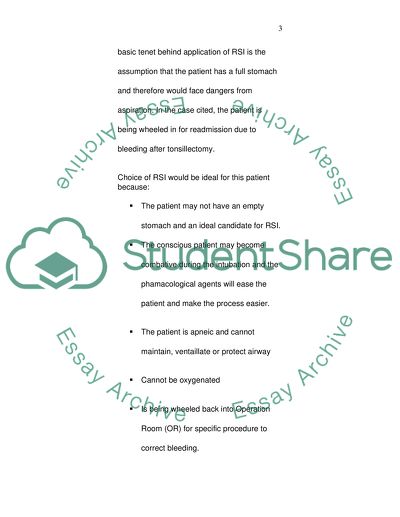Cite this document
(“Rapid Sequence Intubation Essay Example | Topics and Well Written Essays - 2500 words”, n.d.)
Retrieved from https://studentshare.org/health-sciences-medicine/1506587-rapid-sequence-intubation
Retrieved from https://studentshare.org/health-sciences-medicine/1506587-rapid-sequence-intubation
(Rapid Sequence Intubation Essay Example | Topics and Well Written Essays - 2500 Words)
https://studentshare.org/health-sciences-medicine/1506587-rapid-sequence-intubation.
https://studentshare.org/health-sciences-medicine/1506587-rapid-sequence-intubation.
“Rapid Sequence Intubation Essay Example | Topics and Well Written Essays - 2500 Words”, n.d. https://studentshare.org/health-sciences-medicine/1506587-rapid-sequence-intubation.


